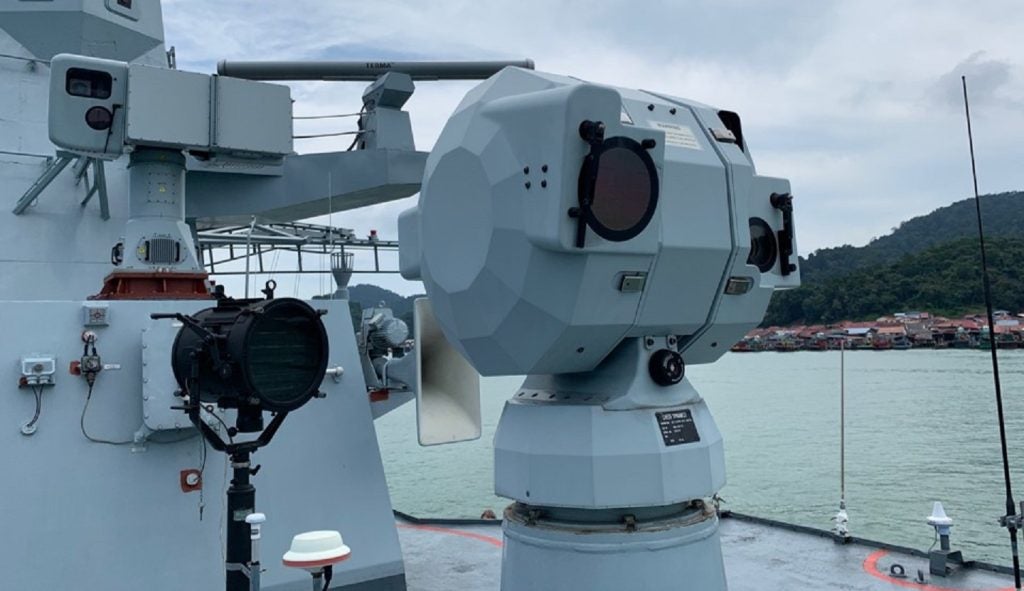
Defence Equipment and Support (DE&S), the UK’s procurement arm, have embarked on an ambitious programme called the Integrated Procurement Model’ (IPM) through which it will accelerate the delivery of kit across the Armed Forces.
Unveiled in February 2024, the Minister for Defence Procurement, James Cartlidge, acknowledged that “we need to procure as we fight, integrated across domains and interoperable with our allies.”
He contended: “a clear focus on pace and consistent, timely delivery needs to be our new normal.”
On 1 May 2024, at the Royal United Services Institute (RUSI), one of the UK’s foremost defence and security think tanks, the CEO of DE&S, Andy Start, gave an update on the progress of the IPM.
Following the launch of the ‘Gateway’ in March, Start revealed that the rest of the operating model will reach minimal viable product by autumn, with the whole programme “in full flow by next year.”

Gateway provides a consistent, single-entry point into DE&S for all new capability needs. The tool will allow DE&S to make earlier decisions about solutions to military requirements.
How well do you really know your competitors?
Access the most comprehensive Company Profiles on the market, powered by GlobalData. Save hours of research. Gain competitive edge.

Thank you!
Your download email will arrive shortly
Not ready to buy yet? Download a free sample
We are confident about the unique quality of our Company Profiles. However, we want you to make the most beneficial decision for your business, so we offer a free sample that you can download by submitting the below form
By GlobalDataChecks and balances will be in place right from the start by challenging assumptions through a holistic approach – bringing together views from the Ministry of Defence (MoD), the Armed Forces, and organisations such as Dstl – and ensuring better, expert-informed, decision making at the start of programmes, with a particular focus on integration.
“So you can to make sure that we [will] work collectively with our allies, with frontline commands with industry from the get go, setting our projects up for success,” assured Start in his RUSI address.
What does the IPM prioritise?
The IPM is centred around five key features:
- A joined up approach – with a Defence-wide portfolio to break down organisational stovepipes and prioritise requirements at the departmental level to ensure DE&S achieves greater effect from the available budget.
- New checks and balances – to challenge assumptions and ensure better, expert informed, decision making at the start of programmes, with a particular focus on integration.
- Prioritising exportability – upfront consideration of the potential for exports, to drive British industrial resilience.
- Empowering industrial innovation – through a new alliance with industry that is underpinned by greater transparency and incentives aligned around a common endeavour to protect the nation and help it prosper.
- Spiral development by default to drive pace. If DE&S waits for a 100% exquisite capability solution it will likely be too late.
How does this compare with the previous structure?
GlobalData Defence Analyst, Wilson Jones, observed the widespread disillusionment with the UK’s defence procurement process in recent years.
“I know the force behind these [IPM] reforms is the perception of defence procurement policy as broken, that systems are taking far too long and are costing far too much. MoD officials and MPs have called existing policies broken, deficient, leading to waste, etc.
“Another major issue were efforts to design and buy products that were highly specified, which means that while they may excel in certain tasks, they cost far more, they are not useful for wider applications and are not desired in the international export market.”
In his address, Start relayed his confidence in the new initiative on the basis that “it is actually designed by the practitioners who do the work. By the people who are frustrated with our current system and want it to be better, and their energy and enthusiasm for it is palpable.”
Success so far
DE&S claims that the new structure has already proven successful following the acquisition of 14 Archer howitzer systems to begin replacing the Army’s 32 AS90 Braveheart systems in just two months of receiving the requirement from the British Army.

In October 2023, the first of Britain’s Archer systems arrived in the UK just six months after the government signed the contract for the systems.
The Archer FH77 BW L52 is a 6×6, 155-millimetre self-propelled howitzer manufactured by BAE Systems Bofors in Karlskoga, Sweden. It is fully autonomous and can be used in traditional warfare fire support, as well as modern international peacekeeping and peace enforcement missions.







